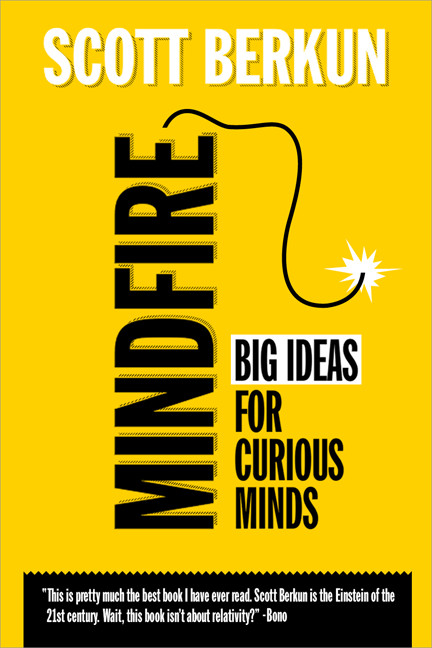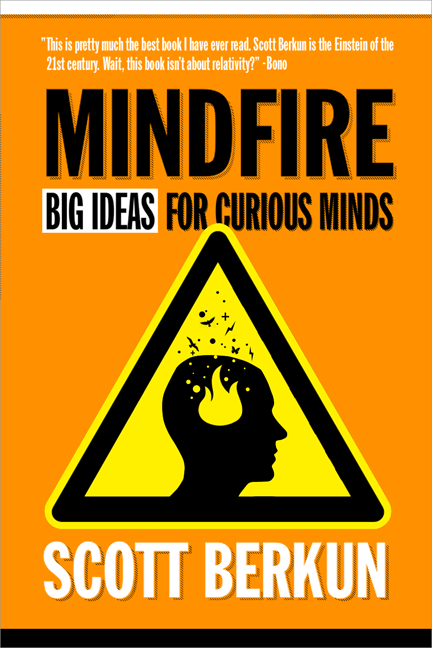Last month I had the honor of being the opening speaker at an event at Crucell, an organization that finds new vaccines for diseases (with an impressive history). I’m no expert on such things, but I’ve learned much just by visiting their new office in San Diego. It’s thrilling to speak at different organizations – it reawakens my curiosity, and reminds me there’s always another perspective on how ideas work. Plus I get to meet smart people I’d never meet if I stayed in the same old circles.
My host at this event was Giuseppe Marzio, the Director of Innovation for Crucell. I asked him if he’d let me interview him, and he kindly obliged.
SB: Do you think creativity is a part of the scientific process? How are scientists trained to come up with ideas?
GM: A large dose of creativity is the key ingredient in every scientific project. Scientists love open issues, unanswered questions, problems awaiting a solution. You observe something you don’t understand, that does not fit in the theory, that you can’t explain. Why did we not observe this before, how can that be, what can we do to test our hypothesis. Ideas, anybody? Until you understand the mechanism, you know the answer, you solve the problem. Only to find out this leads to new questions.
There is no official training for scientific creativity. Scientists learn from other scientists, mentors, colleagues. We study how others solved similar problem in the past. And there is a very strong selection. Only the very best solutions to the most elusive problems get published in the top journals, thus attracting the attention of the international scientific community. We all like attention, don’t we. Publish or perish, as we say.
As director of innovation, what do you do to help create a safe environment for experimentation at Crucell?
Innovation is not an issue, is never an issue. We all are able to generate the most creative ideas. The question is, Do we dare? We don’t need more innovation, we need less resistance. Our own, internal resistance, that sometime blocks you, and prevents you from asking that crazy question at a meeting. Missed opportunity for you, for the company, for the world that might be desperately awaiting your idea. And external resistance, when your colleagues, your boss, the whole organization does not seem to understand the greatness of your idea.
My job is to help people overcome their resistance. I help create a work environment where people can meet, have coffee and discuss their latest ideas without feeling they should be doing “real work”. I introduce collaboration tools that facilitate the exchange of ideas. I connect people with other people who might understand their idea, fund their idea, make a project of their idea. I help them present their vision in a way that will inspire other people. It is all about people.
What techniques for idea generation and development are commonly used? Do you have brainstorming meetings? Whiteboards in every office, like many tech companies do?
Brainstorming sessions, whiteboards, idea generation meetings are all useful and fine, and we do all of it. But the best ideas materialize almost invariantly when we ask a bunch of people with very different backgrounds to look at the same problem. And we give them time and resources to find their own answers to the problem. That’s why we strive to have very mixed teams working together. Not always the fastest track, very often the most interesting.
Many corporations that invest in innovation refer to their creative groups as labs, which is clearly a reference to science laboratories. Since you actually work in a lab, what do you think of this comparison? What could most business executives learn from actually visiting a real science lab?
Lab or laboratory derives from the Latin word labor, which means 1. work, production but also 2. preoccupation, absorption of the mind. Both aspects of the word are very relevant, and there a two lessons two be learned here.
First, you need to work hard in science if you want to succeed. Very hard. Doing innovative research means trying many different approaches, changing experimental settings, writing papers, over and over again. And for one successful idea, experiment, paper, there are dozens that did not make it. Or did not make it first.
And second, you must be able to be totally focused on your idea. Scientists can do that, get completely absorbed by their new hot idea. And while we are at it, it is not just work; it is the way we think, act, and live. Finding the answer then is all that matters. You’ve got to get personal if you want to find important answers.
——————————
The videos from the event, including my opening talk, can be found on Youtube.
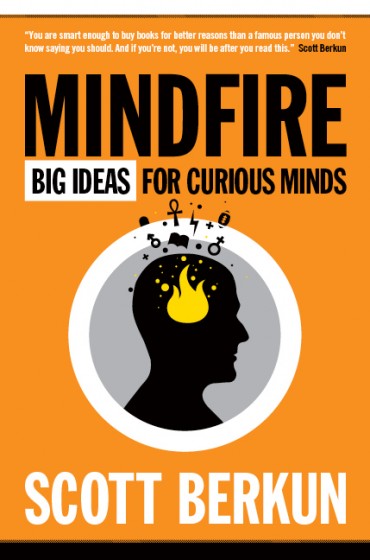
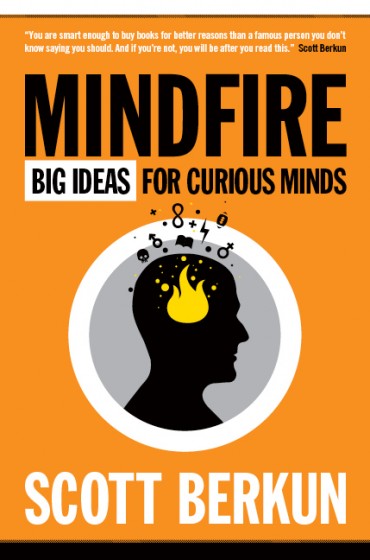
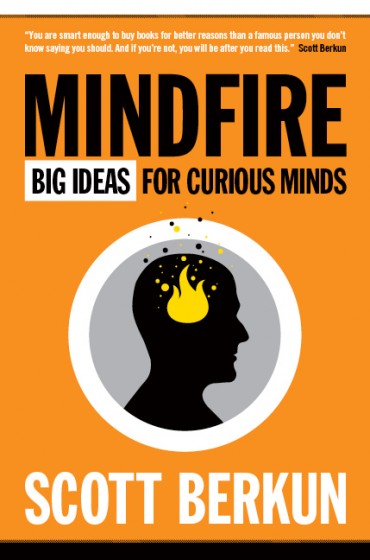

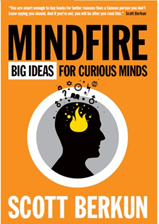 You can now
You can now 
